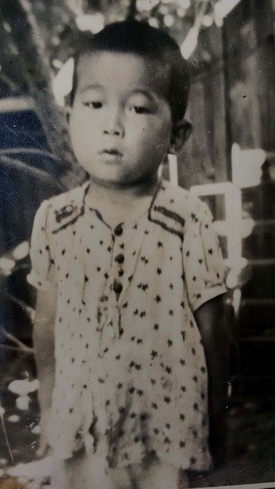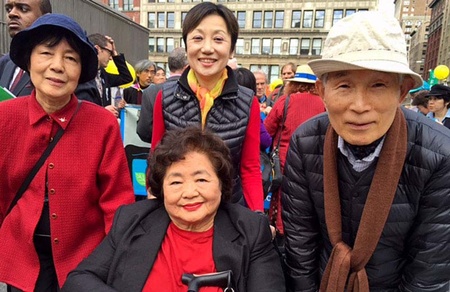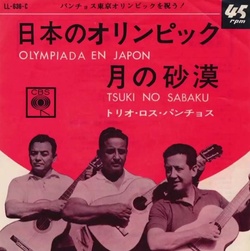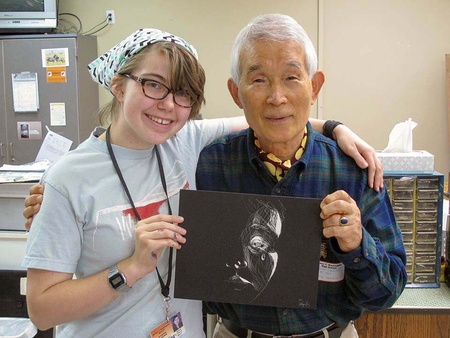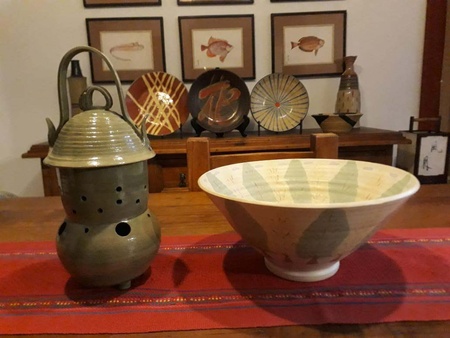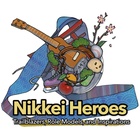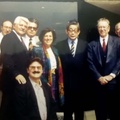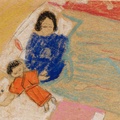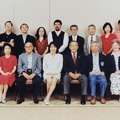Yasuaki Yamashita would probably not be among us now if his mother had not hugged him and protected him with her body at the moment the atomic bomb exploded over the city of Nagasaki on August 9, 1945.
This Japanese city, in the first days of August of that year, had already been the target of North American bombings that partially destroyed the port shipyards, the city hospital and the Mitsubishi factory. But Fat Man , the name by which the North American army called the atomic bomb, was a totally different and cruel weapon, never used until three days before in another Japanese city: Hiroshima.
When the bomb exploded 500 meters from the surface of the Ura-kami neighborhood, a temperature of 3,900 degrees Celsius and winds of more than a thousand kilometers per hour were generated. At that time, Fat Man instantly killed more than 40 thousand people. However, the worst was yet to come due to the effects that the radiation and burns left on the survivors. At the end of that year, little by little, more than 35 thousand people died. The deadly effects of this weapon unfortunately continue to cause illness and death of thousands of people who were exposed to the intense radiation that covered the entire city. As of August 2018, the number of deaths as a result of the bomb, recorded on the Nagasaki Peace Park memorial, had risen to 179,226 people.
The end of the war then came with a long flow of suffering for Yasuaki's family. His father would die in the following weeks while participating in the collection of thousands of bodies scattered in the epicenter where the bomb exploded. The following year after Japan's surrender, hunger and disease covered the entire country, but in particular the survivors of the atomic bombs, the hibakusha , of the cities of Nagasaki and Hiroshima, would be scarred for life.
Yasuaki, at 80 years of age, believes that no human being should suffer the hell that he had to live through. Much less suffer the terrible effects that the atomic bomb continues to cause to his generation. Yamashita is one of the most active survivors of the atomic bomb, which is why he tirelessly attends forums and schools in Mexico, the United States and Japan so that young people know firsthand the horrors that nuclear weapons can cause to all of humanity. . Together with other survivors of the bomb who live in the United States, he has promoted a collective called Hibakusha Stories , an organization in charge of disseminating the stories of the survivors of the nuclear holocaust to American students throughout that country.
However, the long path that Yasuaki has had to travel to become an active promoter against the use of nuclear weapons has been very complicated and painful. Not only did the atomic bomb take away his father when he was a child, but in the following years his mother and sisters would die of cancer. He himself, when he was young, began to suffer from sudden anemia that caused him to faint suddenly without being able to know exactly what the origin of such illness was until now.
At that time, Yasuaki's suffering increased when he went to work at the Atomic Bomb Hospital where patients who developed an illness related to the effects of the bomb are treated. At the hospital he met a boy his age who suffered from leukemia to whom he gave his blood due to the need for constant transfusions he required. The young man would die shortly after, but this experience affected him deeply because he was aware that he himself could become ill at any moment. However, the most serious and painful problem that the hibakusha group began to suffer was discrimination.
The illnesses and the births of children with deformities created a reaction against the survivors of the bomb because the general population considered, without any basis, that they could be “infected” with any of these conditions. The pain that the hibakusha already carried was added to the rejection to which they were subjected. Concealing their origin and even committing suicide was the response of many of the survivors who, faced with discrimination, decided to hide what they had suffered.
In 1952, when relations between Mexico and Japan were reestablished, a great explosion of music, color, images and information began to arrive from Mexico as part of this resumption of relations. In 1953, the Mexican popular music trio called Los Panchos captivated the Japanese to the extent that it was necessary to make Japanese versions of their musical hits.
In 1955, the Great Exhibition of Mexican Art ( Mekishiko Bijutsuten ) was held at the Tokyo National Museum, exhibiting numerous pieces from pre-Hispanic cultures, contemporary paintings and Mexican popular art. The knowledge of this culture represented for Yasuaki like a balm that helped him heal some of the wounds of the soul that he had been accumulating and encouraged him to paint and study the Spanish language with the purpose of one day getting to know Mexico.
The work that Yasuaki did in the hospital caused him permanent pain, and the discrimination of which the hibakusha were victims generated an enormous need for him to leave his country. In 1968 the opportunity arose for him to come to Mexico as an interpreter-translator for the delegation of Japanese athletes that participated in the Olympics. At the end of the event, Yasuaki decided to settle and work in Mexico and learn more about its culture and people. He particularly delved into the knowledge of Mesoamerican cultures, which is why he studied the Nahuatl language and dedicated himself to visiting all the archaeological zones of the country.
Daily life in Mexico, its food and close contact with Mexicans led him to decide to remain permanently in Mexico and later become a Mexican naturalizer . Life put Yasuaki in a situation that forced him to look for a place other than where he was born where he could heal his wounds but at the same time enhance and value the roots from which he came.
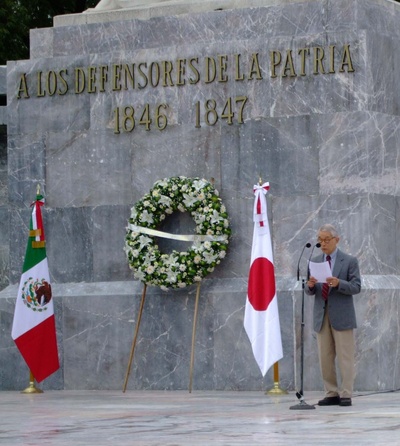
Furthermore, in Mexico, Yasuaki found the right moment to break the silence that had been imposed to hide his origin as a hibakusha . In 1995, a group of students learned that he had been born in Nagasaki and invited him to talk to them about the dropping of the atomic bomb. Until that moment, Yasuaki discovered that telling his story and sharing it would allow him to heal the memories that hurt him so much. Tens of thousands of people have heard it since then.
In the town of San Miguel de Allende, Guanajuato where he currently lives, Yasuaki has been able to transform the darkness that tormented him into vivid colors with his paintings and ceramics that have been exhibited and have won awards for their great artistic quality. With his childlike smile, Yamashita has a strong will to oppose the use of nuclear weapons and to create wonderful artistic works.
In August 2019, 74 years after the launch of the atomic bomb, in addition to remembering and praying for the deaths that add up every day due to this tragedy, Yasuaki calls on us to commit ourselves and raise our voices reporting the terrible effects that produce the use of atomic weapons. At 80 years old, Yamashita is not only a brave and committed hibakusha but has become an exemplary Nikkei who displays the best of Japan and Mexico with all his strength.
© 2019 Sergio Hernandez Galindo


